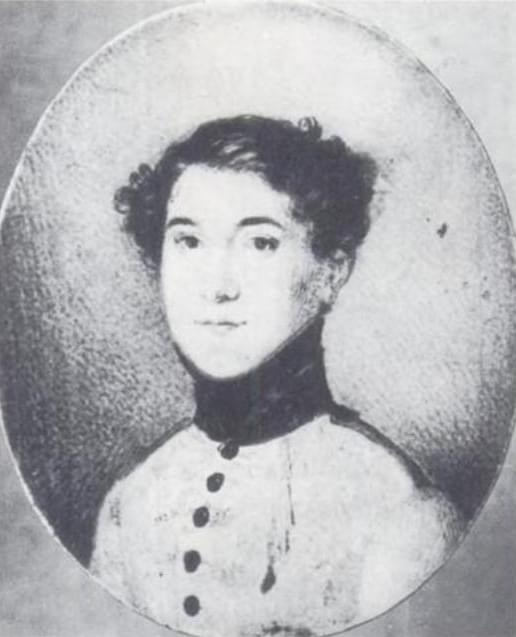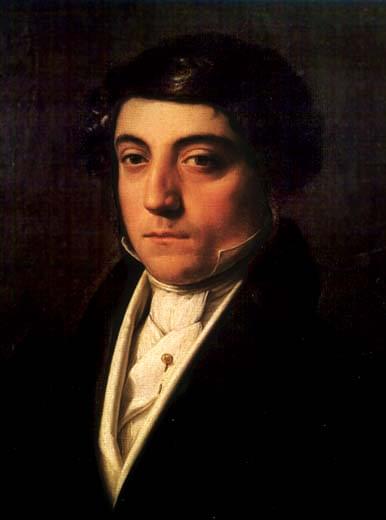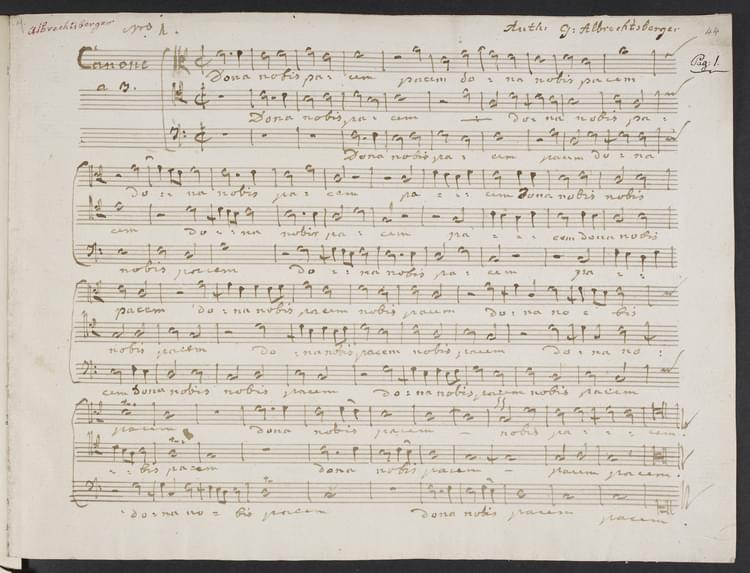Search & Discover
Story 7
Karl van Beethoven

Karl was 9 when his father died. Beethoven was 45. The custody battle over who was to be Karl’s legal guardian was complicated. Karl’s father had hoped that his wife and his brother could be agreeable co-guardians. But Beethoven considered Karl’s mother unfit and fought for sole custody. Court battles went back and forth over 5 years. Karl was made to appear and testify when he was barely in his teens.
It’s easy to understand that this was a difficult time for Karl as well as for his mother and Beethoven. One judge who ruled against Beethoven during the custody fight said that Karl was “subject to the whims of [his uncle] and … tossed back and forth like a ball from one educational institution to another.” At the end Beethoven was granted sole custody.
Beethoven wanted his nephew to become a musician and demanded that his own pupil, Carl Czerny, give Karl lessons. When Czerny told him Karl had no musical talent, Beethoven refused to accept this.
Later Karl enlisted in the military, which threw his uncle into a rage. Beethoven died shortly after Karl left for military duty. Karl later married, and his only son eventually emigrated to Detroit, Michigan.
Monsieur Crescendo
Gioachino Rossini, the popular composer who visited Beethoven, was unusual among composers. He retired when he was 37! But by that time he had written 32 operas, the works for which he’s most famous. These operas also made him a very wealthy man. Two of his operas, The Barber of Seville and William Tell, include music that almost everyone knows.
The Largo al Factotum aria, from The Barber of Seville, tells a story. Figaro is the clever barber who claims he’s the city’s jack-of-all-trades (factotum). He boasts that he can do everything, and everybody wants him.
Figaro sings in Italian. This is what he’s singing about.
Between many la la la las, Figaro is rushing to his barber shop, congratulating himself on what a great life he has as a “quality” barber. He’s ready for everything and in constant motion. Everyone calls for his business. I need a wig, I need a shave … Figaro here, Figaro there, Figaro up, Figaro down. It’s a commotion. I go like greased lightning. Good fortune will always smile on me. Bravissimo. I’m the factotum!
After you listen, you’ll see why many people enjoy Rossini’s music.
William Tell is Rossini’s last and longest opera. Tell is a rebel against the Austrians who occupy Switzerland. Knowing Tell is a great archer, they force him to aim for an apple on top of his small son’s head. The risk is great, but Tell succeeds. Strangely, this well-known “Lone Ranger” music, the last three minutes of the overture, is never heard in the opera!

Note Against Note

Looking more deeply into the music of Bach and Handel, Beethoven increased his interest in polyphonic music and counterpoint. It’s good to know what these words mean.
- Polyphonic is a 2-part Greek word, Poly (Many) Phonic (Sounds)
- Counterpoint uses 3 Latin words, Punctus Contra Punctum (Note Against Note)
These “sounds” or “notes” form independent lines that sound good
together. Note against note music gives equal importance to both
“notes” (lines).
A simple example
Frère Jacques is a children’s song you may know: Are You Sleeping? If you sing this song as a round you have a simple kind of polyphony or counterpoint.
Listen to how this works. It will be easy to hear how the voices each sing the same melody (Frère Jacques), but begin at different times. Each voice is independent, yet they all sound good together. Counterpoint! (And there’s a surprise ending.)
Look here to see how this type of polyphony or counterpoint works on the piano.
Now might be a good time to scroll down to
Follow the Rule! in
More Sounds of Beethoven. You can listen to
Beethoven’s simple rounds!
A not-so-simple example
A much more complicated piece of music using counterpoint is a fugue. That’s a big jump up from Frère Jacques!
Fugue is French, from a Latin word, fugus. To chase, or to flee.
The independent lines (voices) are chasing one another!
This will give you a good idea of what a fugue is. You’ll even see what a fugue looks like! The fugue you’ll hear is by Johann Sebastian Bach.
Note Against Note, Beethoven-Style
Beethoven used counterpoint (note against note writing) in many compositions throughout his life. His introduction to counterpoint was certainly stimulated by playing the Preludes and Fugues of J.S. Bach. Beethoven learned about the music of Bach from Christian Gottlob Neefe, his teacher in Bonn (see Story 1). Was there an actual connection between Bach and Beethoven?

Beethoven’s studies with Haydn and Albrechtsberger after he had moved to Vienna were largely studies in counterpoint. (Remember Story 2?) Haydn seemed (to Beethoven) less demanding, and sometimes distracted. Albrechtsberger, on the other hand, was very demanding and carefully critical. He drilled Beethoven in counterpoint, canon, imitation, and double and triple fugue.
Beethoven used this training and these studies as tools with which he could build his own music. It wasn’t about writing strict fugues, like Bach did. The discipline he learned writing counterpoint was made to serve his own very personal expression.
Fugue-like sections, sometimes called fughettas (little fugues), can be found in music that Beethoven wrote throughout his life—in sonatas, string quartets, and symphonies. In earlier works these sections are shorter and simpler fugues. In much later works fugues within works like sonatas and string quartets are serious and complicated.
An enjoyable way to see and hear how Beethoven included a “simple” fugue in a large work is to explore the last movement of the Eroica Symphony (introduced in Story 3 and Search & Discover 3) in a colorful, graphic format. That movement also shows how Beethoven included a fugue in a set of variations.
The longer fugues in Beethoven’s later compositions show his intense concentration on this form. You can hear such a “serious” fugue at the end of the Hammerklavier Sonata. (The first movement of that sonata was the performance at the end of Story 7.)